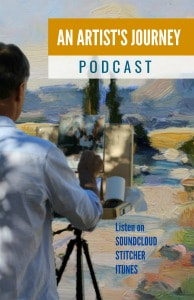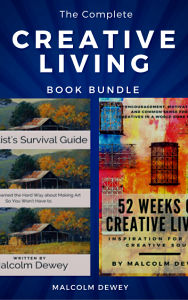|
By Malcolm Dewey, Professional artist and teacher
Are you tired of your paintings looking tight, lifeless and lacking the spark you were aiming for? This is very likely due to overworking your painting. In this article and video tutorial I'm going to show you a few tips and tricks that should be able to help you solve this problem. A few ideas and techniques you can pull out of thin air when you're really struggling to get your painting looking fresh and vibrant.
Let's begin! What is an overworked painting?
What is an overworked painting? In this article I am referring to paintings in a loose style. Impressionist or painterly are common terms used to describe this approach. For artists painting like this the desired look is to have prominent brushwork. Larger shapes and less details that suggest things rather than describe them in clear detail. Also colors are vibrant, clean and have a distinct warm and cool color arrangement.
Even photo realist painters can overwork a painting. For example overmixing a color to lose vibrancy. Excessive use of hard edges resulting in a static appearance. So overworking is a problem for all artists even if the styles vary considerably. Tips to Avoid Overworked Paintings
Overworking a painting is something that you're going to do. We've all done it. You push on just a bit too far and you end up with a painting that just doesn't have what you were planning. And that is actually a key right there.
Do some planning. All too often beginners start a painting because they have a nice photo they're working from. Maybe it's the scene in front of them. They are not sure of exactly why they're painting it. It's just a pretty scene. So they jump in and start painting hoping for the best. What could possibly go wrong? Unfortunately the painting does not meet the expectations of the artist. In an effort to rescue the painting it gets worse and ends in disappointment. To create a painting of that photograph, you need some planning. I don't mean a boring, long planning session either. A few notan sketches. A color thumbnail painting and some experimenting with composition will help a lot. The Number One Goal You can make this planning quick and fun as long as you have a specific goal. The number one thing you want to achieve with that painting. What is the one thing that you cannot do without? Very often it may be simply:
This generally involves something like composition. Where do you want the viewer to look? If you can figure out the composition, then that is a big part of the battle won. Are You Having Fun? We forget there is another crucial part of the painting. You've got to have fun with your painting. If you're not having fun, there's no point. This is one subject that I find so many artists struggling with. Getting so caught up in the painting, not out of engagement or being in a flow state of creativity, but rather hell bent on making this painting work. You have that white knuckle thing going as you clutch the brush and really get so wound up about it, thinking about the end result. What's it going to be, is it going to be good enough? That is negative thinking. Instead if you approach the painting with a sense of fun and with a light spirit and just relax a little into it. Get that sort of flow state going. That free flowing creativity. The likelihood is that a much better painting will result. Be Present as You Paint Whether it's just you applying paint and enjoying that experience, you are going to get a much better painting and one that is unlikely to be overworked. Overworking is a symptom of uncertainty, self doubt and trying to maybe impress someone else and not yourself. Another state of mind issue is working with a light touch. That simply means not trying to force anything. It means relaxing physically, mentally and feeling the paint do the work. Let there be a communication between the brush, the canvas and the medium that you're using. That means taking notice of what the brush is doing. How much pressure are you applying to the canvas? You shouldn't be forcing the brush. It should be light in your hand and lightly applied to the canvas. Look at the paint that you put down. What does it look like? Does it look like a nice fluid buttery stroke? Or is it perhaps looking a little over blended or forced? Are you digging into other wet layers of paint? Does the color now look muddy? Keep a light touch and you'll have better results with the paint itself. Those clean colour notes will happen and you won't get into creating an awful mess mixing paint on the canvas that shouldn't be mixed. Two Questions to Ask Yourself Now, if you've done your planning and you've got into that flow state of creativity and you're not being too hard on yourself and you're just moving with a gentle approach, ask these two questions.
Those are the only two questions you need. The answers will help you to get that objective, that goal and you're done. Practical Techniques to Use Now, here are a few specific tips that I can give you. These all come from my course How to Loosen Up Your Painting. Number one is to use a bigger brush. Those big shapes are going to help you avoid overworking the painting. Don't go into the tiny brushes and ruin all those big shapes that you struggled with in the beginning. Another tip I can give you is paint small. A smaller painting surface with a bigger brush. This will give you less opportunity to fiddle with a lot of detail. Details are not going to help you. What you are painting is shapes of light and colour and the bigger, simpler the shapes are the better. I also suggest working a little quicker. You may be painting in a certain style that requires you to spend hours and hours. However each painting style has its own ability to be overworked, as I said before.If you normally take 5 hours to do a painting, try and do it in four and a half. See if that extra little bit of time saved is going to help you stop a bit sooner. Now my favourite is of course using lots of juicy paint. I want a painting to look kind of luxurious and generous. It's a case of being able to see the paint. See that it is a painting made up of brush strokes. Also texture that you get from the paint and a bristle brush looks great. I want to look up close at a painting, not just from far away, but up close. I want to see those brush marks. A final quick tip is the edges of shapes. Not every shape must be crisp edged. If every shape is crisp edged, it's very likely the painting is going to look tight and overworked, kind of lifeless. Almost like everything has been stuck on. You don't want that. Pick some things that are not that important in the painting and give them soft edges. Soft edges will help to suggest volume. Also a lightness and airiness and atmospheric sense. What you want the viewer to focus on is your your focal point. There will be your hardest edge. Everywhere else will have softer and even some very soft, diffuse edges, depending on the subject. Take the Next Step Those are a few good tips I can give you, and I cover these in a lot more detail with examples in my course How to Loosen Up Your Painting. If you're interested in that, have a look at course page and take the special offer I have for you. In the next painting you start do a little bit of planning and have a lot of fun. Just ease into it, no pressure, and enjoy the fantastic opportunity you have to create something beautiful and stress free. Happy Painting!
Pin this for later ...
|
AuthorMalcolm Dewey: Artist. Country: South Africa Archives
June 2024
Categories
All
FREE
|
|

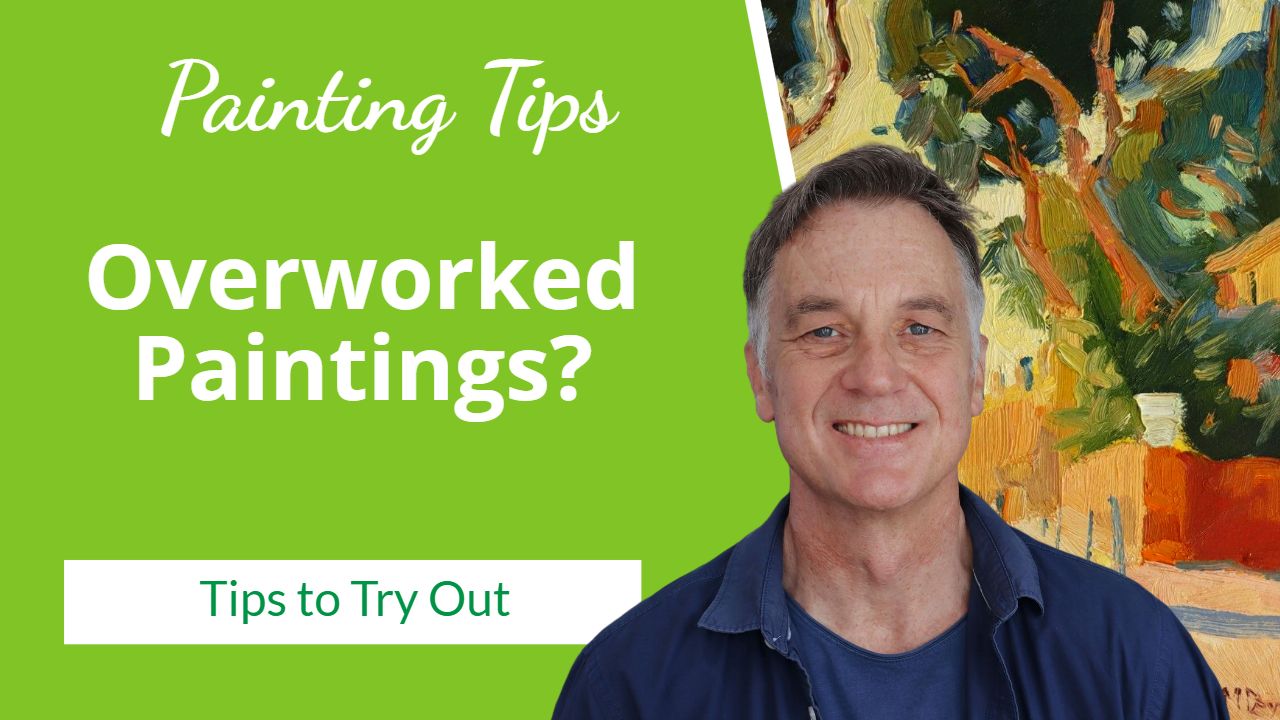
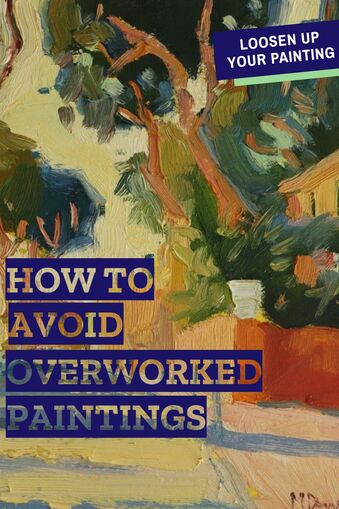
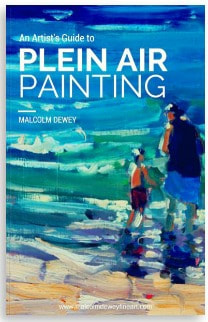
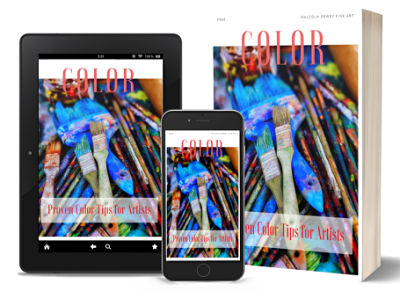
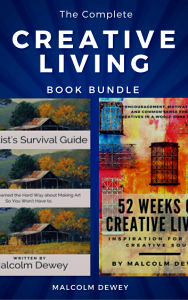
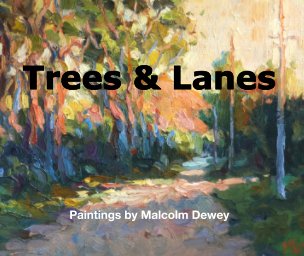



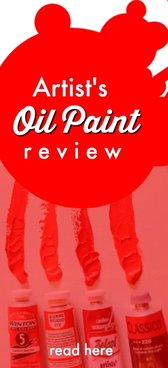
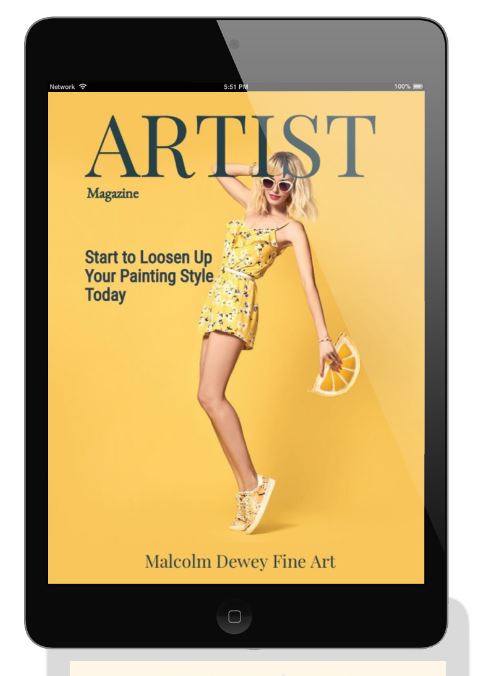
 RSS Feed
RSS Feed
